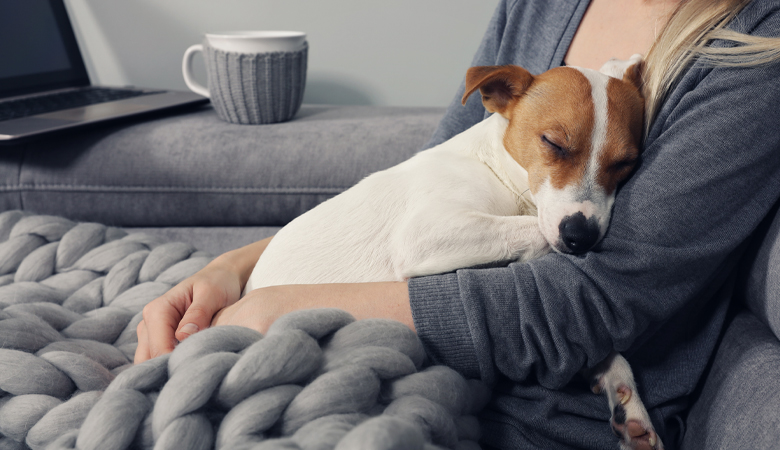Care of a senior cat
Older cats may have more difficulty with self-care, especially if they suffer from arthritis or stiffness. This means they may need help with:
- Coat care: Help your cat by brushing regularly, especially if you have a longhaired cat or a cat that is less agile.
- Nail checks: Less active cats wear down their nails less. Check regularly to make sure the nails are not getting too long or growing in.
- Dental checks: Older cats are more prone to dental problems. Watch for signs such as bad breath, drooling or eating less.
Do you need support for age-related complaints such as arthritis or changes in behaviour? Have a look at our range for older cats.
Litter tray for a senior cat
For older cats, getting to and into the litter tray can become a challenge. High edges, closed lids or a long distance to walk can all become obstacles.
Tips for a senior friendly litter tray:
- Choose a litter tray with a low entry
- Place the tray in an easily accessible spot, not at the top of a staircase
- Use soft, fine litter that feels comfortable for sensitive paws
- Consider placing several trays if your home is large or you have more than one cat
Accidents outside the litter tray can be a sign that your cat is struggling to get to or into the tray, so always take this seriously.
Scratching post for a senior cat
Scratching is important for all cats, including older ones. It keeps the nails healthy, allows them to stretch and provides mental stimulation. However, jumping to the top of a tall scratching post becomes more difficult when joints are stiff.
Pay attention to the following when choosing a scratching post for a senior cat:
- Choose a lower, stable scratching post
- Make sure there are platforms or steps, so your cat does not have to jump in one go
- Consider a horizontal scratch board or a wall mounted model
- Place the scratching post in a spot where your cat feels safe and comfortable
More scratching options can be found in our scratching range for cats.
Food for older cats
A cat’s nutritional needs change over the years. Older cats benefit from food that:
- Contains fewer calories if they are less active
- Provides easily digestible proteins
- Is adapted to support kidney or joint health
- Has a stronger smell if the sense of smell is reduced
Read more in our blog: What food is suitable for a senior cat?
Take a look at our range of food for senior cats.
Arthritis in older cats
Arthritis is a common problem in senior cats, but it is often recognised quite late. Cats are experts at hiding pain. A cat with arthritis will rarely be clearly lame, but will often show more subtle signs, such as:
- Jumping less, for example no longer onto the windowsill
- Walking carefully or moving more stiffly after resting
- Grooming itself less or neglecting its coat
- Being more irritable or withdrawn
It is important to take these signs seriously. There are various supplements that can support the joints of older cats, such as products containing glucosamine, chondroitin, omega 3 or green lipped mussel.
See our complete range of supplements in the category joints and muscles.
You can also help your cat by providing comfortable resting places at a lower height. Think of soft beds, an orthopaedic cushion or a warm spot on the floor, so your cat can retreat to a safe, relaxing place without having to jump.
Discover more in our category beds and baskets for cats.
Be patient and stay involved
Changes in a senior cat often happen gradually. With love, a few adjustments and some extra attention, you can offer your cat a pleasant old age. Always keep a close eye on changes in behaviour, appetite or litter tray habits and contact your vet if you have any doubts.
Do you still have questions about your senior cat? Then contact us at veterinarian@vetsend.co.uk.








